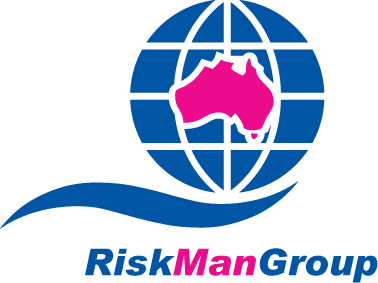Construction Leadership Programme: lessons learnt
Current knowledge review
Diverse and current Australian research has identified (and confirms the author’s experience) that there is a cross-over in themes that highlights the need for influencing and relationship building sophistication to improve safety performance specifically and construction project relationships generally. Safety knowledge alone is not enough. It also highlights that the construction industry generally needs up-skilling in negotiation and cooperative practices, and supervisory and management skills, and that a positive safety culture requires fundamental behaviours and skills, including collaboration, relationship building and supporting behaviours.
Regarding leadership characteristics four specific talents have been identified as having impact on leadership ability to drive change and innovation:
- Communication
- Motivation
- Involving others
- Coaching
Communicating appropriately and motivating employees are highly and significantly associated with effective implementation of change and innovation. In a learning environment, for knowledge transfer to be successful, the participants need to acquire and retain the appropriate skills that permit the effective application of what has been transferred. Most work in organisations and teams requires coordinated action amongst multiple individuals. To be successful, groups must access knowledge, develop a shared understanding of how best to apply it, and act in a coordinated manner that reflects new knowledge and insights.
Leadership Programme context
A contract for engineering, procurement and construction management (EPCM) services for the case-study project began late last decade. The employee relations and industrial relations (ER/IR) processes experienced three changes of legislation during the different phases of the project. The EPCM contractor adopted a strategy of contractors managing their own employees under their own arrangements and this involved developing a minimum number of rules and policies needed to protect the project legally and to create order in the work force, and the contractors being responsible for their own people.
Action was required to create a consistent approach to values, language and behaviour on the project, otherwise subcultures, outside those expected, would develop. As a culture of sharing emerges, there is a greater exchange of information about what exists, what works, what practices have major problems, and what solutions have been successfully applied. Employees must be willing to not only share their own knowledge, but also to use the ideas of their colleagues and recognise that sharing does not reduce their perceived expertise. Getting employees to share knowledge willingly requires a change in mindset, away from concern for individual success and towards concern with group success. It is about building, sharing and creating, these are not necessarily a natural phenomenon.
A common standard and vision were created for leadership on the project, people at all levels of supervision on the project, from senior management to leading hand, were required to attend the programme. The programme also served as an important communication process: it was one of the few occasions where project leaders had the opportunity to listen and understand the capabilities of others in similar positions on the project. Feedback directly from the client and through the lessons learnt process acknowledged that ER/IR was effectively managed, there were no industrial lost days, and workplace incidents were dealt with effectively and equitably. Despite the strains on accommodation, operational/construction interface, the introduction of a 24-hour construction shift and the influx of mechanical subcontractors, there were minimal issues and concerns on the project. Risk workshops involving contractors, the client and the EPCM team were effective in raising awareness and planning for ER/IR.
Summary
Leadership is an art, and the meanings of words used to emphasis performance, such as “passion” and “relentless”, are very subjective, depending on the individual, their knowledge, experiences, attitudes, values and personality. A leadership programme cannot just tell, it must influence as well as create an environment for listening and psychological safety to question and challenge. The complexity of the project construction environment will not create a “one size fits all” outcome; some flexibility and discretion, within clear boundaries, are required, as are ongoing support and review.
Any leadership programme needs to understand the importance of appreciating the individual, and individuals must be encouraged to participate and to recognise that successful knowledge transfer reflects on their self and professional image.
From a social and learning perspective the course was considered successful. Much of this success is a result of the client’s genuine support and participation in the programme as well a principally positive and open approach by the participants. Although subject to many influences, the project concluded with admirable OHS and ER/IR outcomes, the construction leadership programme added to the standardisation of the tools, language and processes of supervisory practice on site and endorsed group and individual review and reflection. It also addressed specific skill deficits in the construction industry leaving a positive legacy for future EPCM projects.

Leave a reply
You must be logged in to post a comment.